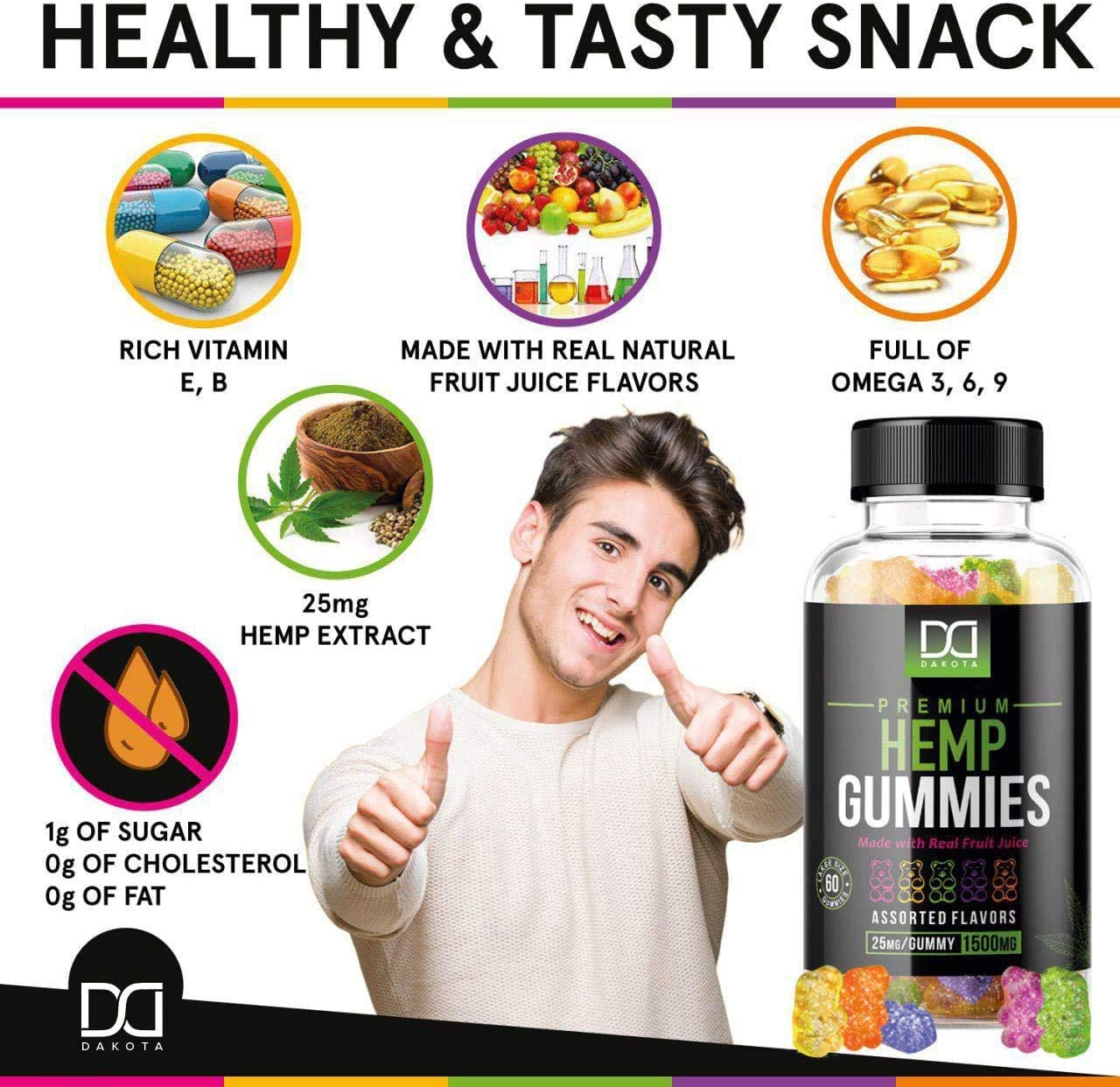But then, on Thursday, agents with the federal Drug Enforcement Administration told reporters that their laboratory tests of the marijuana seized at both scenes failed to detect any fentanyl mixed in with the plant material.
“In the interest of public safety and to address the growing concerns of the citizens of Vermont, the DEA can confirm that no fentanyl was detected in the marijuana seized during the investigation,” said Brian Boyle, the agency’s top New England agent, in a statement.
However, Boyle added, “We’d like to take this opportunity to reinforce the public safety message that any drugs not purchased or obtained from a licensed and accredited medical facility are illegal, dangerous, and potentially lethal.”
To many drug policy advocates, the reversal was proof that a spate of recent warnings by law enforcement and health officials around New England regarding dealers adding opioids to illicit market marijuana are bunk. They say the claims are the latest unfounded drug panic narrative sown by police, in line with perennial warnings about pot edibles being handed out to kids on Halloween or reports of officers overdosing at crime scenes after supposedly inhaling fentanyl powder or absorbing it through the skin (a physical impossibility).
“It’s a very sexy, attention-grabbing story for the media, because you get two controlled substances in one headline,” said Monica Donovan, who founded the cannabis website Heady Vermont and recently wrote a column for VTDigger questioning police assertions in the Brattleboro case. “Unfortunately, it’s not true, and while it may help [news outlets] get clicks, these scare tactics don’t help us deal with the real opiate epidemic that is actually very dangerous.”
Police counter that they are engaged in exactly the kind of harm-reducing communication that activists have long called for, providing timely warnings to the public about potential “bad batches” of illicit drugs without waiting for the results of lab tests that may or may not indicate cause for alarm. They also noted that fentanyl in recent years has repeatedly been detected in less-potent opioids such as heroin and other drugs sold on the street, including cocaine, causing thousands of overdoses.
Connecticut’s Department of Public Health insists it has verified at least one recent incident in which someone unknowingly consumed fentanyl-laced marijuana obtained on the illicit market. Overall, officials at the agency said, they have linked around 40 opioid overdoses in the state since June to contaminated cannabis.
“We don’t want to be alarmist, but in many of these cases, the person really had no knowledge there was fentanyl or another opioid mixed into their marijuana,” said Susan Logan, an epidemiologist for Connecticut’s health department, in an interview. “The public needs to be aware that they’re not always going to get what they think they’re getting” when buying from the illicit drug market.
Logan urged members of the public to immediately call 911 if they observe someone having trouble breathing or staying awake after smoking pot. (A “good samaritan” law in Connecticut offers some legal protection to those who report opioid overdoses.) She also acknowledged that marijuana from legal dispensaries is probably safer than pot sold underground.
Donovan and other skeptics argue it is far more likely that drug consumers are simply lying to police and emergency medical responders in order to conceal their intentional opioid use and avoid criminal charges. They said it makes little sense for dealers to endanger their customers’ lives by adding fentanyl to marijuana, and that the steady pace of supposed overdoses from laced cannabis in Connecticut doesn’t fit the pattern of overdose clusters typically seen when a batch of fentanyl-laced drugs hits the street.
“If this was real, you’d most likely see a whole bunch of cases all in the same area at once, not overdoses here and there,” said Dr. Peter Grinspoon, a physician and Harvard Medical School instructor who specializes in cannabis.
However, Grinspoon added, he and other physicians are increasingly treating patients who accidentally overdosed on fentanyl after taking what they thought was another drug.
“Fentanyl has ‘colonized’ whole swaths of the illicit drug market; it didn’t used to be in cocaine or heroin or [painkiller] pills that people would buy on the street, but now it is,” he said. “That makes me think that [the recent reports of laced marijuana] could be plausible, even if it used to be an urban myth.”
He added: “Unfortunately, the police don’t exactly have a 100 percent track record of telling the truth about marijuana over the decades, which means that people are going to find it hard to believe even if there is a real crisis.”
In the meantime, advocates and health officials agree on one thing: Consumers are much better off buying cannabis from regulated dispensaries that must test their products for various contaminants, even if the price is higher.
“The irony is that the authorities who have been fighting to keep cannabis illegal are now alerting people about the dangers of illegal cannabis; it’s like an Onion article,” Grinspoon said, referring to the satirical publication. “The real moral of the story here is that we need to legalize and regulate cannabis.”
Dan Adams can be reached at daniel.adams@globe.com. Follow him on Twitter @Dan_Adams86.


Be the first to comment